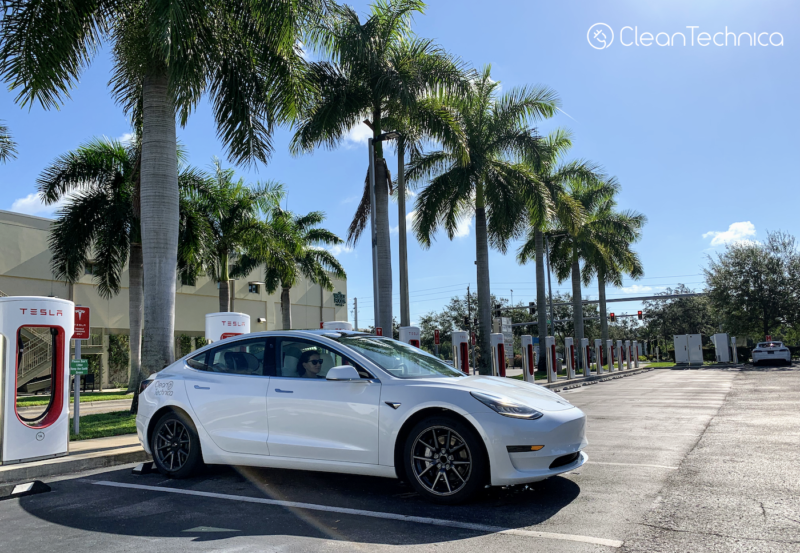Here at CleanTechnica, we’ve been reporting on the Latin American EV markets for a while now, and though the presence of electric vehicles in the region is still small, it has been growing steadily, in some places already reaching what José Pontes calls “the disruption zone.”
And yet, something that’s been quite noticeable, particularly south of Mexico, is the almost absolute absence of North American companies. Only GM is making a semblance of a presence, and only with a heavily overpriced Chevrolet Bolt that can only be purchased in most countries at a sticker price of nearly $50,000. North American manufacturers have ceded the initiative in these markets to the Europeans, the Koreans, and — particularly — the Chinese. But this, it seems, is about to change.
Tesla’s arrival
A few days ago, it was announced in the local press that Tesla was hiring a General Manager and Sales Advisors in Chile. Sources “close to Tesla” claimed that the company would make its debut in the region here first, with Colombia being second. According to Chilean media, Tesla has been making inroads, checking logistics and costs, and is ready to have the first vehicles delivered in the country in early 2024, but the exact dates are not known.
I don’t think it’s controversial to say that Tesla is North America’s #1 EV company, and the only one capable of going toe to toe with foreign competition … and by “foreign,” of course, I mean “Chinese.” This is why Tesla’s arrival in South America is an extremely important milestone for the North American car industry and the South American vehicle market as well.
Tesla has shown in the past that it has both the profit margins and the willingness to engage in price wars with the competition … and with current EV offers in South America having quite the markup, I’m hopeful Tesla’s arrival will trigger more affordable prices. However, no pricing has been announced (nor has the company officially presented its entry into the region). It’s also unclear whether Tesla will bring vehicles from Giga Texas or Giga Shanghai (I personally find Fremont and Giga Berlin less likely, but who knows). It’s also unclear if the vehicles will arrive with NACS, CCS2, or GB/T charging standards. If it’s NACS, does that mean Tesla will build its own Supercharger network in the region? I surely hope so.
Meanwhile, BYD’s General Manager in Chile, Cristian Garcés, welcomes the competition. “We find Tesla’s arrival neither a complication nor a threat, for the more actors that join electromobility, the more options costumers have, the more will be known of these matters, and the more people will dare to jump to an EV. We trust in the quality of our products: it’s no coincidence that BYD is the largest EV producer in the World.”
Side note: EV price war heats up in Colombia as BYD also cuts prices
A couple of weeks ago, we reported on Mazda cutting prices by 25% on its MX-30 Electric. It seems the move has forced the hand of BYD, as the brand just announced new pricing for the 60 kWh BYD Yuan Plus/BYD Atto 3: COP174,990,000, or $41,200 (a 13% price decrease). EV sales have increased even as general car sales keep falling, but it seems competition is heating up and prices are finally getting in line with the rest of the world.
Have a tip for CleanTechnica? Want to advertise? Want to suggest a guest for our CleanTech Talk podcast? Contact us here.
EV Obsession Daily!
https://www.youtube.com/watch?v=videoseries
I don’t like paywalls. You don’t like paywalls. Who likes paywalls? Here at CleanTechnica, we implemented a limited paywall for a while, but it always felt wrong — and it was always tough to decide what we should put behind there. In theory, your most exclusive and best content goes behind a paywall. But then fewer people read it!! So, we’ve decided to completely nix paywalls here at CleanTechnica. But…
Thank you!
Community Solar Benefits & Growth
CleanTechnica uses affiliate links. See our policy here.

